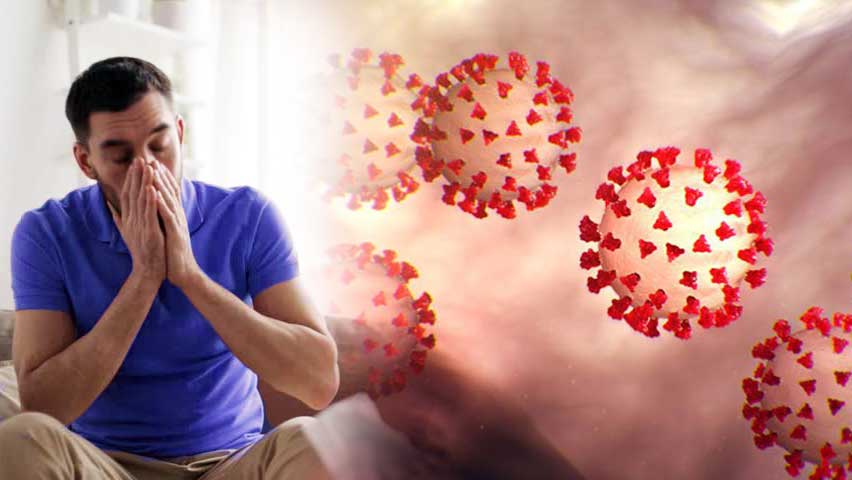A person’s sexual interest at a particular time at a time depends on many factors such as an attractive face, a pleasant smell, or a sexy image. A new UCLA study examined the relationship between brain responses to actual sexual behavior in the world. Research has provided insight into why some people are prone to engage in risky sexual behavior. The study was published in the current online journal of the journal Social Cognitive and Affective Neuroscience.
A key factor in engaging in sexual activity is motivation; however, people are no different in their response to sexual issues; some react strongly and some do not. Higher responsiveness to sexual practices can provide greater motivation for a person to have sex; In addition, harmful sexual behavior is more likely to occur when it is motivated by more aggressive sexual rewards. Researchers at the UCLA Semel Institute for Neuroscience and Human Behavior found for the first time that the brain’s strong reaction to pornography was related to the number of sexual partners a person had in the past year.
The authors of the study noted that gaining an understanding of how the brain responds to pornography can help scientists develop brain-stimulating interventions to reduce sensitivity to sexual rewards; therefore, it can reduce some people who wish to engage in risky sexual activities. Dr. Nicole Prause, a research scientist in the Department of Psychiatry at the UCLA Semel Institute for Neuroscience and Human Behavior, and colleagues used an electroencephalogram (EEG) to measure a specific type of electrical activity in the human brain as they viewed various images; some of those images were romantic, some were sexually explicit, and some were not sexually explicit.
“These are the first details we know of those links of the brain’s response to risky sexual behavior,” explains Dr. Prause. He added, “If your brain reacts strongly even to hardcore images, then you seem to be sexually happy in the real world, too. If we show explicit pornography, everyone’s brain will eventually react strongly. Only those weak images, which only show sex, show the difference. ”
The study group consisted of 40 men and 22 women, aged between 18 and 40; complete the questionnaire, which included the question, “How many partners have you had sex with in the last 12 months?” They were then shown 225 sexually explicit images, sexually explicit images (for example, skiing), neutral images (such as drawings), and G-rated pornographic images to explicit scenes. While viewing the images, the function of the brain heads was measured by the EEG. Specifically, researchers explored a type of activity called late positive potential, which responds to images according to their emotional capacity.
Researchers found that participants who reported having a higher number of sexual partners in the past year showed similar responses that could be delayed in both subtle and underlying pornography. Studies that reported having fewer sexual partners in the past year have had mixed responses. They have shown a reduction in potential responses late to explicit sexual images and a greater response to explicit images.
Drs. Prause explained,”This approach helps to tell us why people would choose to follow new sexual partners. For example, some researchers have suggested that people may follow new partners for sexual pleasure that they have never had in their normal life or with their normal partners. You have noted, these effects,” Praise explained. suggests that new partners can actually be followed because people have a higher sexual interest in responding to anyone who might be a partner, be it or a new one. This difference is especially important if we want to help people to feel in control of their sexual urges.”



